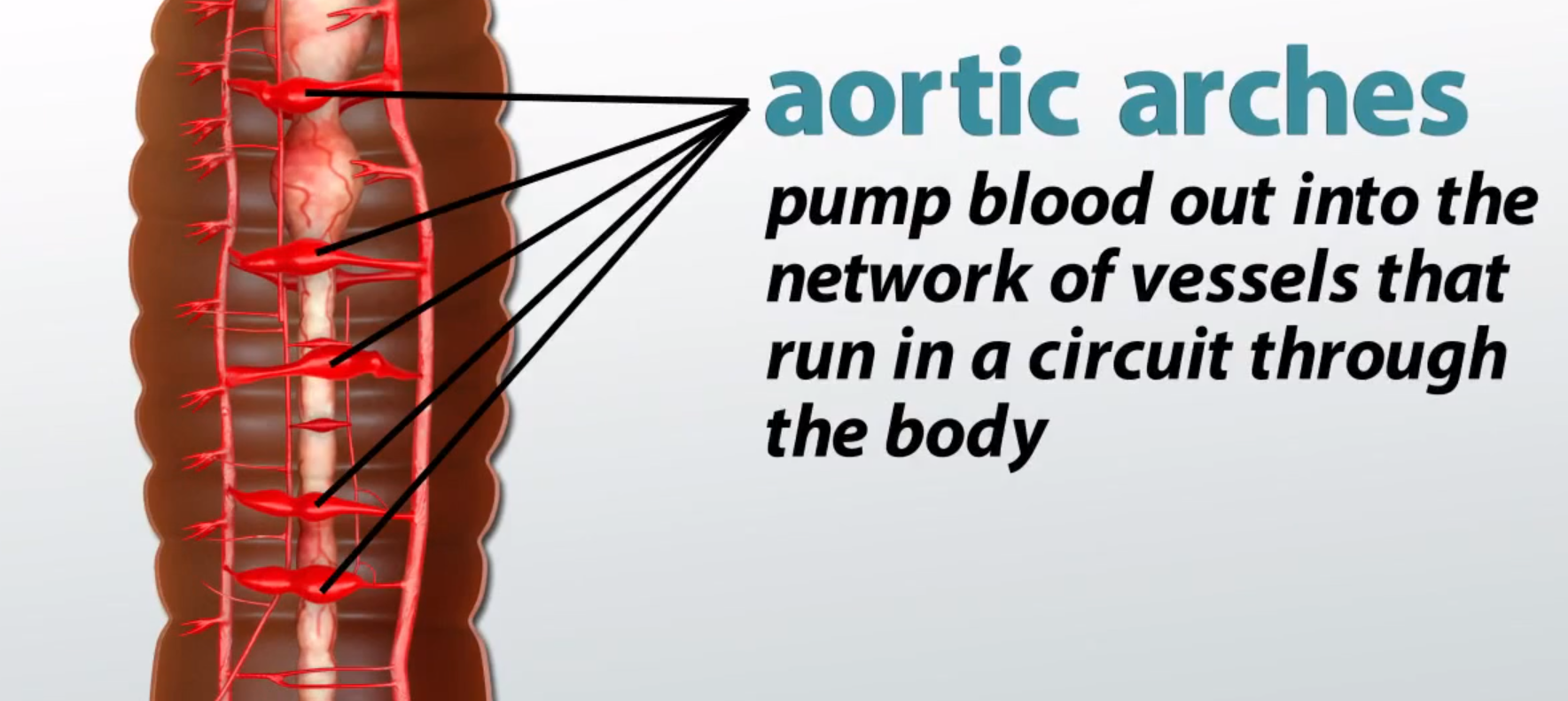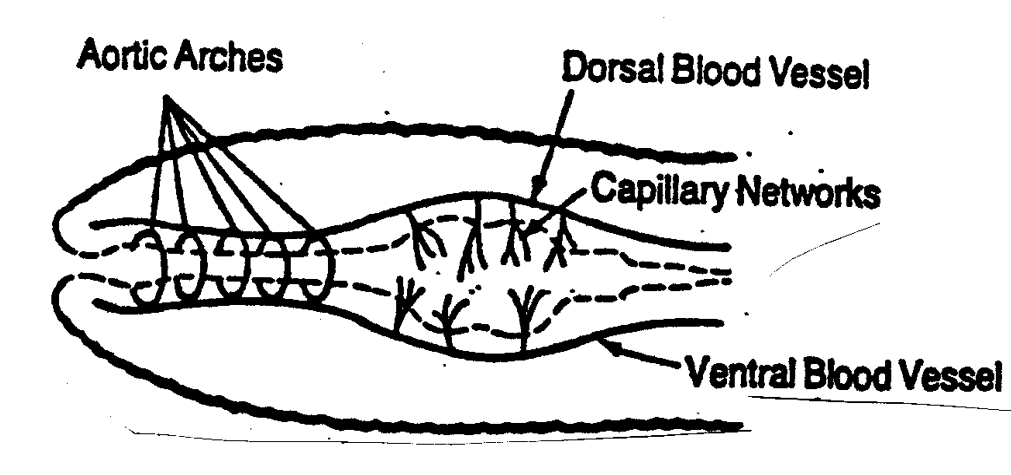How Many Hearts Does An Earthworm Have
This article is more than 2 years old
How many hearts does an earthworm have? There’s not one answer. An earthworm can have no heart or as many as 10 pseudo hearts. To be more specific, those hearts are really just aortic arches. The number 10 is not fixed and it can vary among various Earthworm species. To make matters even more confusing, there is no consensus among biologists on whether to classify Aortic Arches as hearts or simply beating tubes.
Here we’ll examine how an Earthworm heart works, where those hearts are located, and how temperature affects the hearts’ contribution to soil fertility.

Why Does An Earthworm Need A Heart?
Earthworms have closed circulatory systems and that system needs a pumping mechanism to supply blood to its segmented body’s respiratory system, digestive system, nervous system, and reproductive system. The closed circulatory system means the vessels carrying blood are in the closed circular path just like human beings.
How An Earthworm Heart Works
Heart Location and Physical Structure
Aortic arches act like the valves in a human heart. Just below the brain, the aortic arches look like a coil network wrapped around the esophagus or food pipe of the earthworm. Aortic arches, or Pseudo hearts, are large muscular tubes and supply blood via alternate contraction and relaxation.
The portion where the arches connect to each other is quite thick and often regarded as the main heart stem of the earthworm while aortic arches as subsidiary pumping tubular structures.
Earthworm Vessel Network
The blood to an earthworm’s different organ systems is carried via vessels. These vessels are the aortic arches, dorsal blood vessels, and ventral blood vessels. Dorsal blood vessels are darker than the ventral vessels. They appear as dark brownish red vessels along the intestine.

The Heart As A Bridge
The two vessels systems, dorsal and ventral, are connected to each other via aortic arches. Blood flows from the dorsal vessel system to the aortic arches, which pump or beat the blood into the ventral vessels. The dorsal vessel system is responsible for supplying blood to the front body part of the earthworm while the ventral supplies blood to the back.
The Heart As A Supplier of Oxygen
As an earthworm moves through moist soil it grabs air from the moisture through its respiratory skin and processes it into the circulatory system through blood vessels.
Blood in the earthworm gets pumped via the heart or aortic arches. Blood contains the dissolved oxygen and carbon dioxide. Oxygen is put to good use by the absorption of cellular activity while carbon dioxide is released back into the soil through diffusion between an earthworm’s skin and the soil.
Weirdly enough, the respiratory system of earthworm consists of only its skin.
Earthworm Hearts and Temperature
At below room temperature, the pulse rate of an earthworm is 14 pulses per minute.
At room temperature, the pulses have been observed at 30 pulses per minute.
At higher temperatures, like placed in a hot jacuzzi, earthworms have a pulse rate of 44 pulses per minute. Worm circulatory system works faster at a higher temperature.
In winter, the aortic arches of an earthworm’s heart work less by beating at a lower rate. This helps the worm to conserve energy and survive through the difficult weather.
The opposite happens during summer. At that time, the earthworm’s pulse rate becomes higher and the worm needs more energy. This means it becomes more active and hungry. More activity means more burrowing in the soil. More burrowing in the soil means more soil fertility.
Earthworm’s Dual Purpose Heart Pumping
The circulatory system comprising of three vessel system does the job for both food allocation, waste excretion and also to provide the gases at the cellular level to generate energy.
The blood carries hemoglobin giving it distinct red color along with the amoebic cell contracted via soil moisture.
Why Do EarthWorms Have Up To 5 Pairs Of Hearts
Depending on the species, earthworms can grow up to 3 meters long. No matter its length, it’s all one muscular tube pumping the blood to the farthest point of the body.
The hearts are located in the very upper region of the earthworm. In structure, it’s not really as sophisticated as a mammal’s heart. Aortic arches are simply muscles contracting and relaxing with rhythm. That means it is a necessity for an earthworm to have pairs of arches, typically around 5, so it can pump from head to the final segment along the complete length of the body.
If earthworms had only one aortic, they may not have not survived as a species. Biologists argue that the development of pairs of pseudo-hearts has been the result of millions of years of evolution designed to allow this simple annelid to survive under massive pressure from the soil.
CONCLUSION: How Many Hearts Does An Earthworm Have
So, how many hearts does an earthworm have? It depends on what you consider a heart and on the earthworm in question. What we know is that earthworms have a large number of hearts to cater the absence of a more sophisticated heart like that of mammals. In an earthworm, it’s a series of pseudo hearts that carrying out all the complicated tasks of a mammal heart.



